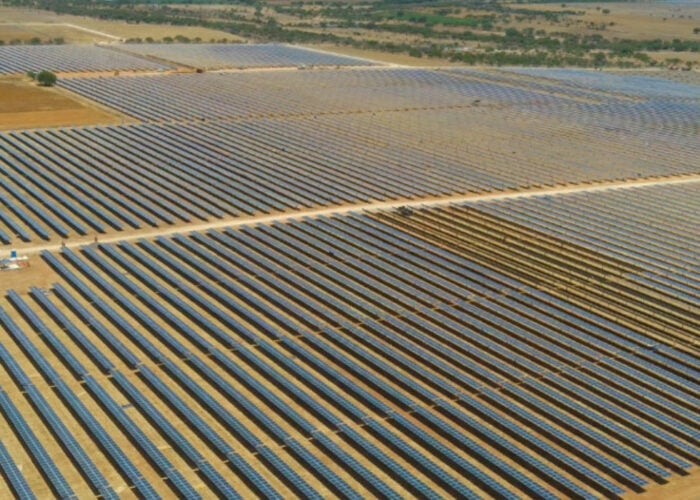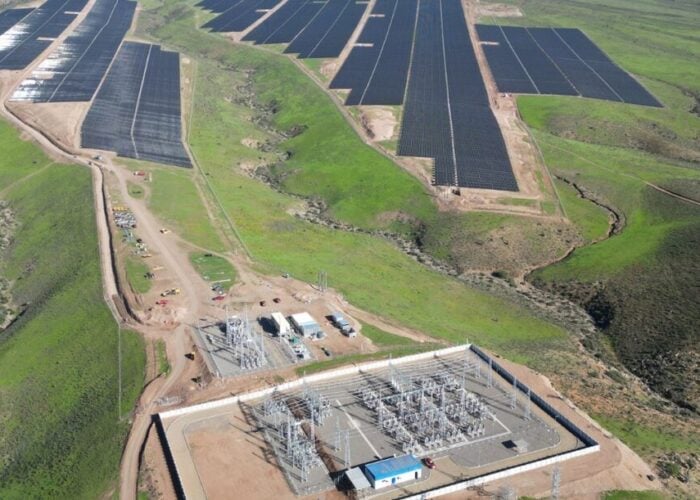GT Advanced Technologies has announced the commercial availability of its DSS 450 MonoCast crystal growth system. Modules produced from material grown in the furnace are claimed to rival modules that incorporate traditional boron-doped batch CZ monocrystalline wafers in terms of total output. The DSS450 MonoCast furnace incorporates a number of new features that result in ≥80% mono volume yield per slabbed ingot and significantly increases Grade I wafers (>90% mono area/wafer) per ingot than other cast mono technologies.
Problem
Try Premium for just $1
- Full premium access for the first month at only $1
- Converts to an annual rate after 30 days unless cancelled
- Cancel anytime during the trial period
Premium Benefits
- Expert industry analysis and interviews
- Digital access to PV Tech Power journal
- Exclusive event discounts
Or get the full Premium subscription right away
Or continue reading this article for free
Although boron-doped batch CZ monocrystalline wafers offer higher purity and provide higher cell efficiencies, compared to conventional multi-crystalline wafers, production costs are significantly higher. There is a need to provide multi-crystalline type wafer production costs without sacrificing purity and performance.






